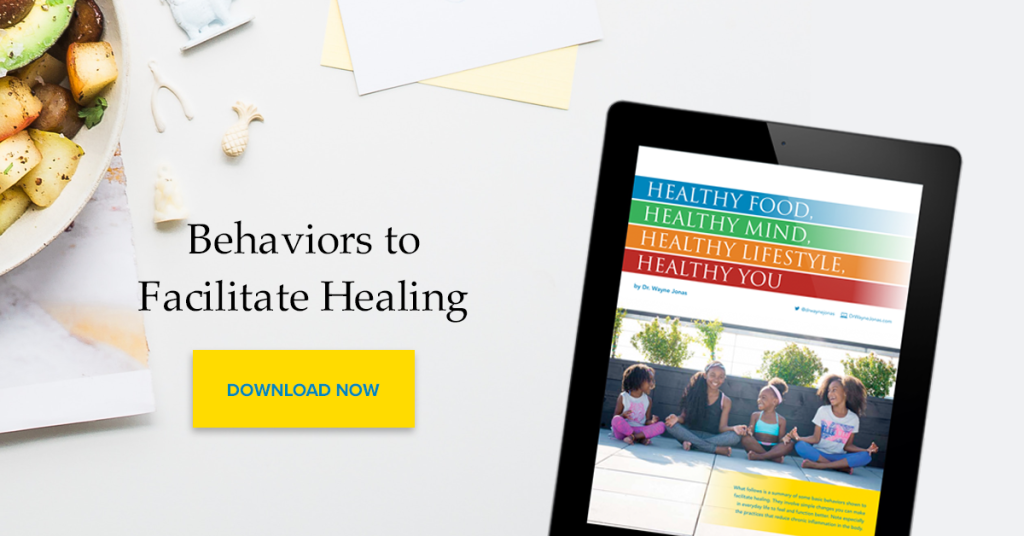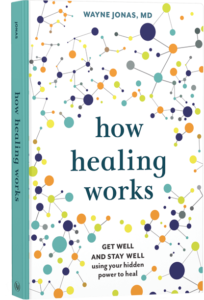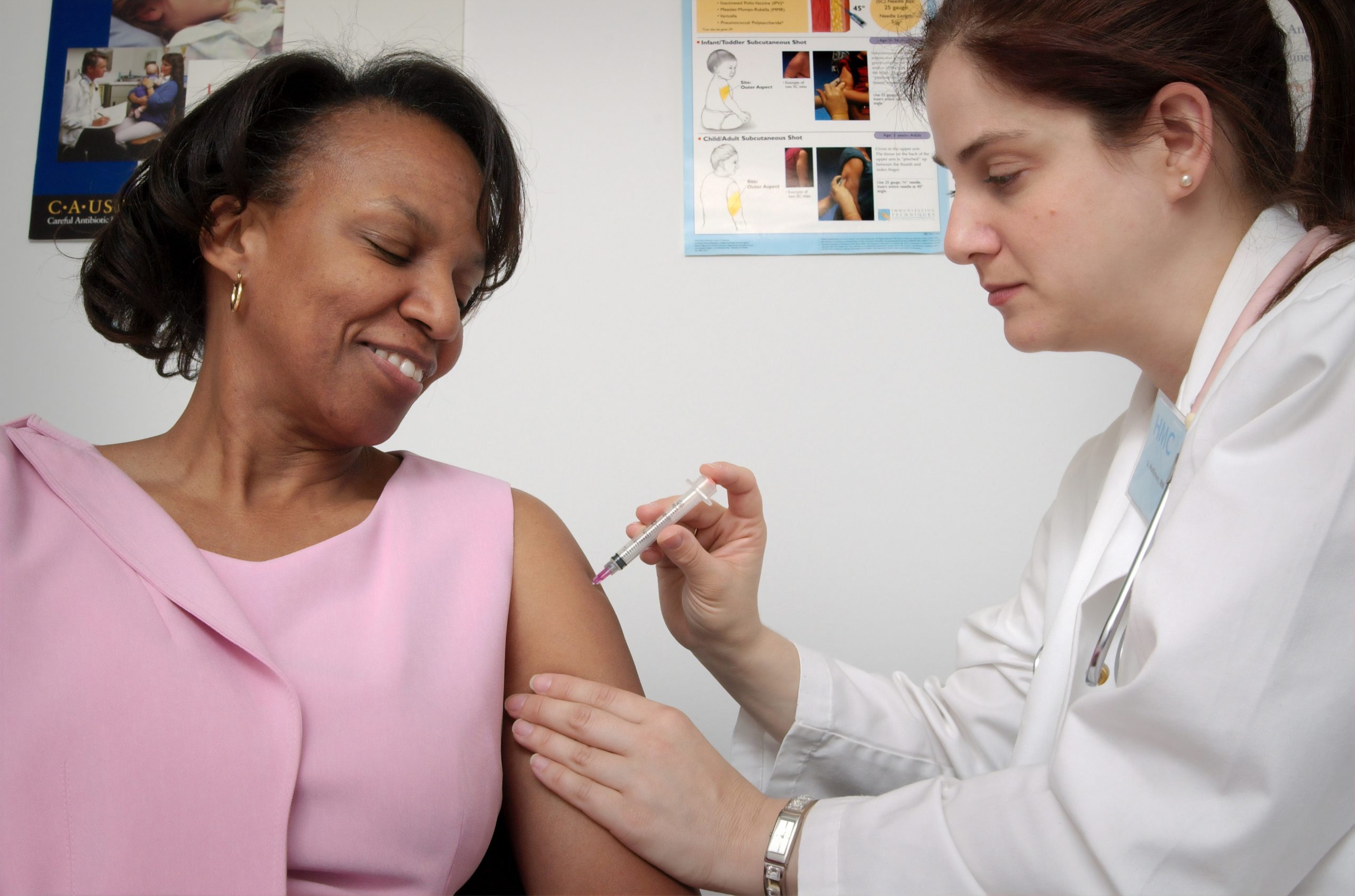Let’s be clear: an inert treatment cannot cause a biological response. Sugar pills and fake needles or sham surgeries do not heal. Healing comes from the meaning and the context in which these various treatments get deployed.
Thus, a “response” to a placebo alone, as the term is most commonly used, is impossible. The so-called placebo response is actually a response—with measurable biological and psychological changes—to the meaning of a treatment as delivered through treatment rituals.
In fact, in an article I co-wrote years ago, I suggested that we replace the term “placebo effect” with the words “meaning, context, and learning response” or simply the “meaning response.” That response is really about healing, and the use of placebos or inert substances in research is of value only to help doctors and all medical providers how to heal, not what to heal.
This is the meaning response.
How a Placebo Works
Research on the placebo effect has identified three underlying mechanisms of the meaning response. They are:
- Expectations: Unconscious expectations are especially powerful in the meaning response.
- Rituals: The rituals and context of medicine induce healing or can impair it.
- Conditioning: Repeated exposure to an experience, behavior or event reinforces expectations and rituals, enhancing the response.
This simplistic breakdown is extremely helpful in guiding medical providers and physicians of all kinds on the fundamentals of the placebo effect. Though, for those interested in how a placebo-based treatment (when properly provided) works, it is also beneficial to understand how our brain factors into the body’s response.
One theory is that the belief of the patient, as represented in the brain by activity in the command and control section in the prefrontal cortex, can prompt the brain to signal a physiological response to the inert treatment—such as encouraging other parts of the brain to release opioids or triggering a reduction of activity in pain-sensing areas of the brain.

A way to put the placebo effect to work is to leverage meaning and context to provide a positive, healing experience that maximizes the body’s capacity to heal. In this holistic approach all aspects of the patient’s experience—from the interaction with health professionals to the atmosphere and architecture—are geared toward maximizing the meaning and context effect to benefit the patient.
And the data is in. The part your physician plays is key. Many studies illustrate the role of the physician’s manner and behavior in providing meaningful messages that enhance the healing response. Here are some of the most compelling.
Healing by Offering Positive Messages
In one study, for example, 200 patients with symptoms but no abnormal physical disease, were randomized to a positive or a negative consultation. Two weeks later, the percentage of patients who said they were better was:
- 39% for patients who had negative consultations
- 64% for patients who had positive consultations
Healing by Providing Informed Consent
In another study, patients with cancer being treated for pain were randomized to either receive or not receive informed consent. They were further randomized to receive placebo or naproxen. Researchers found that:
- Patients who received informed consent reported more pain relief— whether they were taking naproxen or placebo—than patients who did not receive informed consent.
Healing by Understanding Patients’ Expectations
Studies in Parkinson’s disease illustrate the role of expectation in a healing response. In one study, 10 patients with Parkinson’s disease treated with deep brain stimulation thought their conditions improved when they thought the device had been turned “on” when it was actually “off.”
In another study, when patients with Parkinson’s disease expected to receive medicine that would stimulate their bodies to produce dopamine and reduce their symptoms, but were actually given a placebo, their bodies begin to produce dopamine.
As we continue to discuss placebos and the meaning response this month it is important to keep in mind how you can work with your physician to take advantage of this response and your own body’s ability to heal. An open dialogue is crucial and can be promoted by understanding what medical providers need to know. That way both patient and doctor are focused on emphasizing the healing effects of the placebo response.
To learn more, see Harness the Power of Placebo for Your Patients guide.

Your Health Into Your Own Hands
Drawing on 40 years of research and patient care, Dr. Wayne Jonas explains how 80 percent of healing occurs organically and how to activate the healing process.

